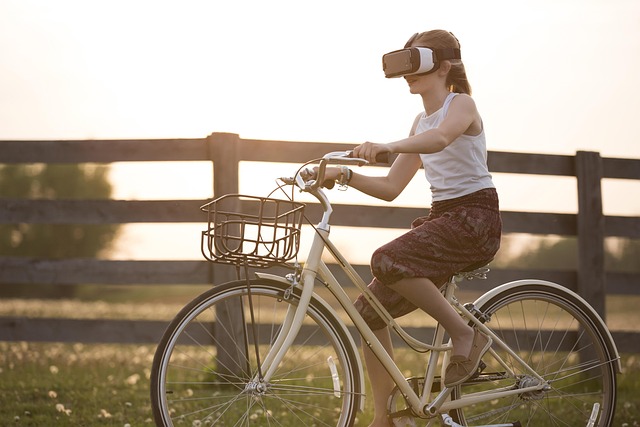Unveiling the Impact of Algorithm Bias on Technology Etiquette and Social Trends
In an era where technology plays an integral role in our daily lives, the concept of algorithm bias looms large, shaping the way we communicate and engage with one another. As algorithms dictate everything from our social media feed to the advertisements we see, the implications of these biases extend beyond mere inconvenience; they influence our social interactions and the etiquette we uphold in a digital landscape.
The New Age of Technology Etiquette
When we think of technology etiquette, we often envision the unspoken rules of how to conduct ourselves online. However, as algorithm bias subtly manipulates our experiences, these rules become increasingly complex. Picture a social media platform that consistently showcases content catering to a specific demographic while inadvertently excluding others. This creates an environment where certain voices are amplified, leading to a narrow representation of ideas and perspectives.
This bias not only affects which content we engage with but also influences how we communicate. As users adapt to the overstimulation of personalized content, our responses can become skewed. We may unknowingly favor discussions that reinforce our existing beliefs and disregard those that challenge us. The algorithm gently nudges us towards echo chambers, ultimately altering our approach to debate, dialogue, and respectful disagreement.
Shaping Social Trends
Social trends are inherently interconnected with the way we communicate, and algorithm bias is a powerful force in this dynamic. The algorithms that curate our digital experiences shape our collective consciousness, affecting what becomes popular, relevant, or even controversial. As certain narratives gain prominence due to biased algorithms, their influence spills over into real-world social norms and behaviors.
For instance, consider the rise of certain trends driven by viral content. If an algorithm favors flashy visuals over thoughtful discourse, society may gravitate toward superficial engagement rather than deep connections. Consequently, the prevalence of surface-level trends can diminish the quality of conversations, leading to a collective experience that often prioritizes likes and shares over genuine understanding.
Refining Our Communication Style
In light of this algorithmic influence, it becomes crucial for individuals to reflect on their own digital interactions. Are we allowing bias to dictate our social etiquette? Recognizing the role of algorithms in shaping our perceptions can empower us to seek diverse viewpoints actively and engage with a broader range of content. This intentional approach not only enhances our understanding but also promotes a culture of inclusivity and respect in our communication.
Moreover, we must challenge ourselves to step outside our comfort zones and participate in discussions that may initially feel uncomfortable. Engaging with differing perspectives not only fosters personal growth but can also help counteract the effects of algorithm bias, paving the way for richer, more meaningful conversations.
The conversation around algorithm bias and its impact on technology etiquette and social trends invites us to critically evaluate the role we play in our digital ecosystems. As we navigate this complex landscape, let us be mindful of the biases that influence us and commit to cultivating a more conscious and connected communication style.




